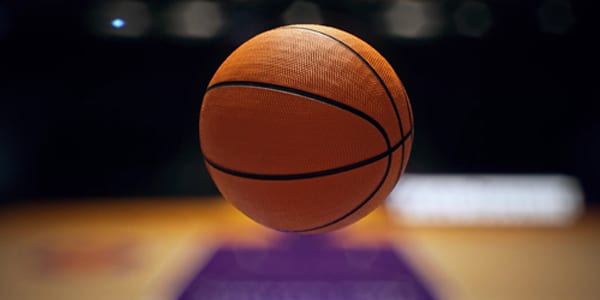 Along with 50+ million other sports fans in North America, I too obsess about fantasy sports – and this time of year, I’m particularly fixated on fantasy basketball. This past week, my near-constant attention to an imaginary basketball team, Dynamite Diggums, led me to this tasty little nugget: Los Angeles Clippers’ center DeAndre Jordan is experimenting with VR to improve his free throw shooting.
Along with 50+ million other sports fans in North America, I too obsess about fantasy sports – and this time of year, I’m particularly fixated on fantasy basketball. This past week, my near-constant attention to an imaginary basketball team, Dynamite Diggums, led me to this tasty little nugget: Los Angeles Clippers’ center DeAndre Jordan is experimenting with VR to improve his free throw shooting.
I found this intriguing on many levels. Most notably, it comes a year after another mediocre free throw shooter, Andre Drummond of the Detroit Pistons (who is also on the Diggums’ roster, by the way), tested a high-tech shooting sleeve, in addition to VR, with the same goal in mind: improve a deficiency through technology.
Before you ask, yes, I did manage to draft all of the NBA’s most underwhelming free throw shooters onto a single team.
As communicators, we continually embrace what’s next in technology to help our clients break through with engaging and inventive campaigns. From VR to AI, from Facebook Live to data-driven lead generation, technology is ubiquitous in marketing communications, and its prevalence is now extending to every corner of the sports world. In 2017, expect an even deeper connection between technology and sport – both by the personnel on the field and in the front office. Sports teams are essentially technology companies; they utilize proprietary analytics tools to determine ideal roster composition, deploy precision-based technologies to measure previously unmeasurable impacts on player effectiveness (impact of spin rate on a pitcher’s performance, for example), and much more. The adoption of these tools, by teams and individual players alike, will only expand as early adopters get results. In other words, Deandre Jordan won’t be the last NBA center to experiment with VR.
As a marketer, the most exciting aspect about the intersection of sports and technology is that as we can now better understand how tech can improve the on-field product in sport – be it through better data analytics, virtual reality, AI or otherwise – a cadre of new companies are emerging within a sports industry expected to be worth nearly $75 billion by 2019. And as each burgeoning brand experiences success within the marketplace, there will be both fewer limitations on how fast they can grow – as well as a need for specialized communications counsel as they attempt to break through in an increasingly competitive landscape. The only limitations at all are at the far reaches of human ingenuity and physical performance. Which begs the question: Are we entering an era of the tech-powered super-athlete? The tech-powered super-marketer?
Of course, we’re not all the way there yet. Early returns on the NBA free throw quandary are inconclusive. Jordan and Drummond continue to miss freebies, while the center showing the most improvement – Rudy Gobert of the Utah Jazz (also on the Diggums’ roster… noticing a pattern here?) – attributes incremental improvement to doing it the old-fashioned way: extra practice.
I don’t know about you, but I’m excited for what’s to come at the intersection of sports and technology. The product we consume should only improve as inventive companies help athletes on the bubble break through, and athletes at the top reach new, incredible heights. And of course, elite NBA centers might finally improve glaring shooting deficiencies to such a degree that obsessed fantasy GMs can draft them without penalty. And in the end, isn’t that all that really matters?
